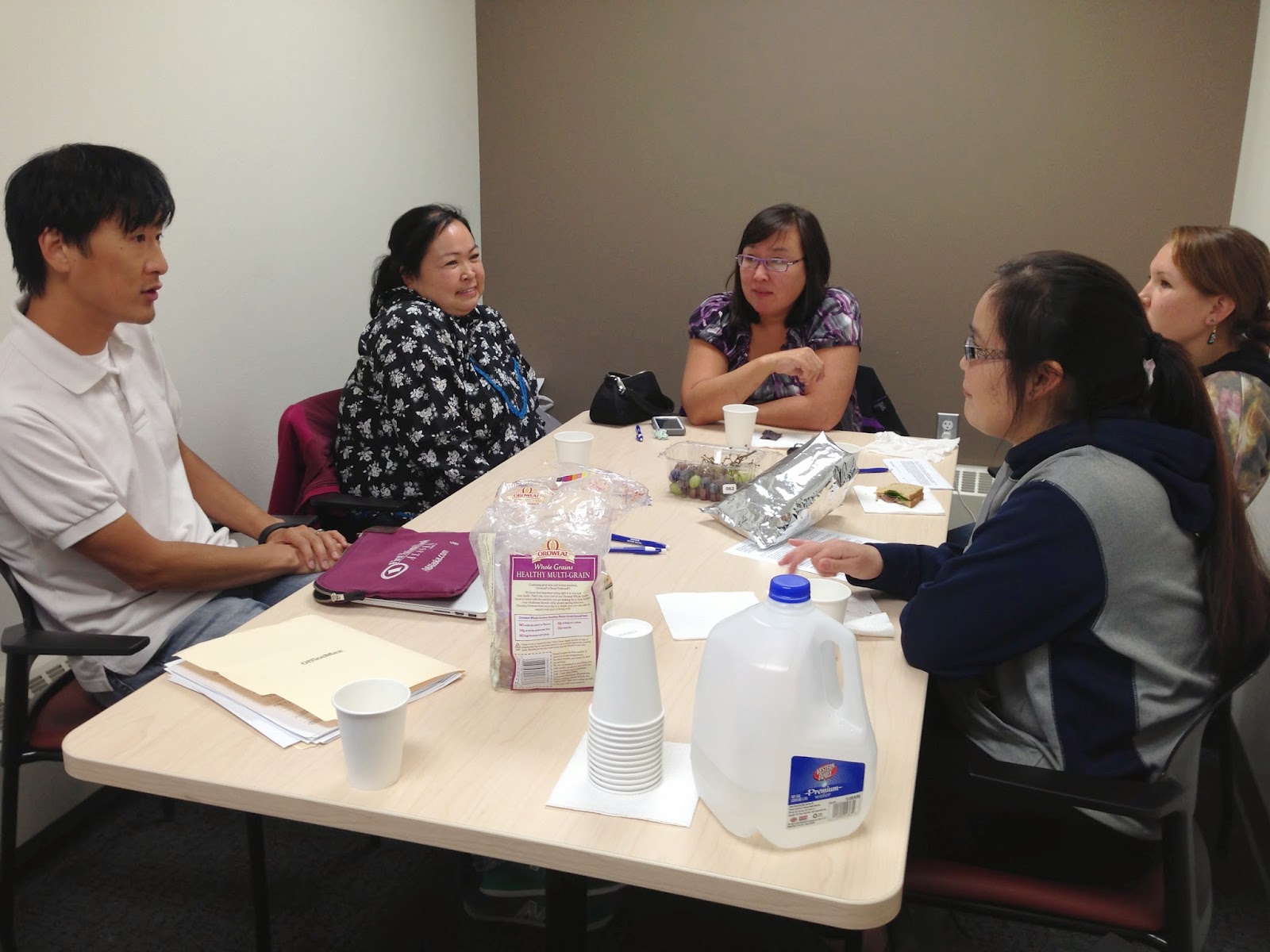09/09/14, Bethel, Alaska: Sugar sweetened beverage consumption in the YK is implicated as the driving force in the Alaska Native
childhood tooth decay epidemic. Sugar sweetened beverages include instant Tang,
Kool Aid, Sunny Delight, energy drinks, and soda. Tap water is either unavailable
or tastes bad in the YK.
Sugar sweetened beverages are relatively inexpensive and
abundantly available in village grocery stores. In addition, while it is well
known that soda pop contains high concentrations of sugar, many parents are
unaware of the amount of hidden sugars present in juices and other sugared
beverages.
Our research team, consisting of collaborators from UW,
UAF, and YKHC, received pilot funding from the UW Royalty Research Fund. Our
goal was to use a novel biomarker to measure sugar sweetened beverage (added
sugar) consumption in childrens' diets and to develop a community-based
intervention aimed at reducing added sugar intake by targeting sugar sweetened
beverage intake.
In January 2014, we traveled to Bethel and spent about 2
weeks enrolling study participants. We enrolled 54 children and adolescents
ages 6 to 17 into our study. We spent the next few months processing and analyzing
data. Our findings indicate that YK children consume the equivalent of 5 cans
of Coke each day. This is over 16 times the maximum amount of added sugars
recommended for children. Parents and community members were stunned.
During our 2-day stay in Bethel, we presented study findings
to parents of participants, disseminated study findings to YKHC health
providers and community stakeholders, recruited members of a Community Planning
Group (CPG), and convened our first CPG meeting to generate a series of community-based
interventions.
The trip was very successful and we generated a preliminary intervention. In the next few months, we will work with our CPG and YKHC partners to fine tune our intervention and apply for NIH research funding.
The trip was very successful and we generated a preliminary intervention. In the next few months, we will work with our CPG and YKHC partners to fine tune our intervention and apply for NIH research funding.



















































